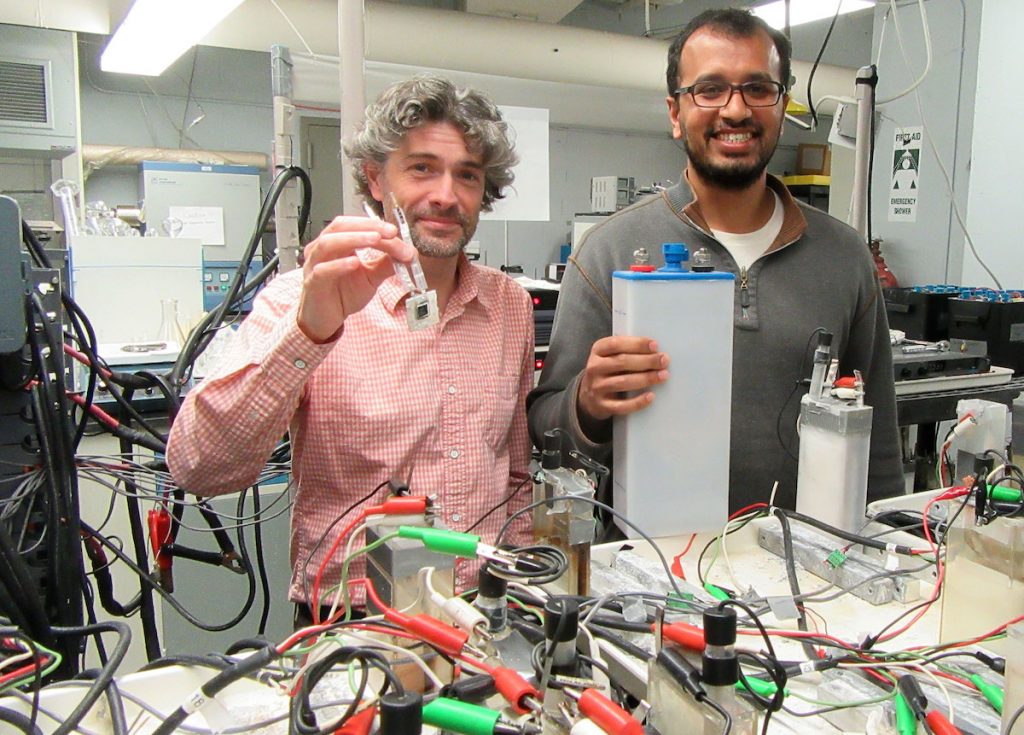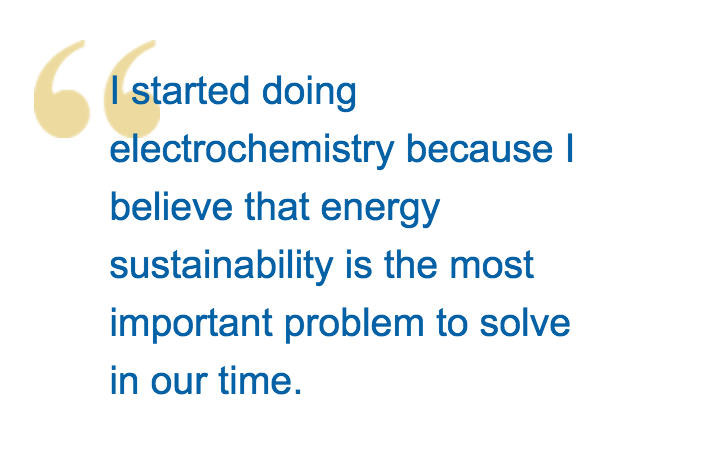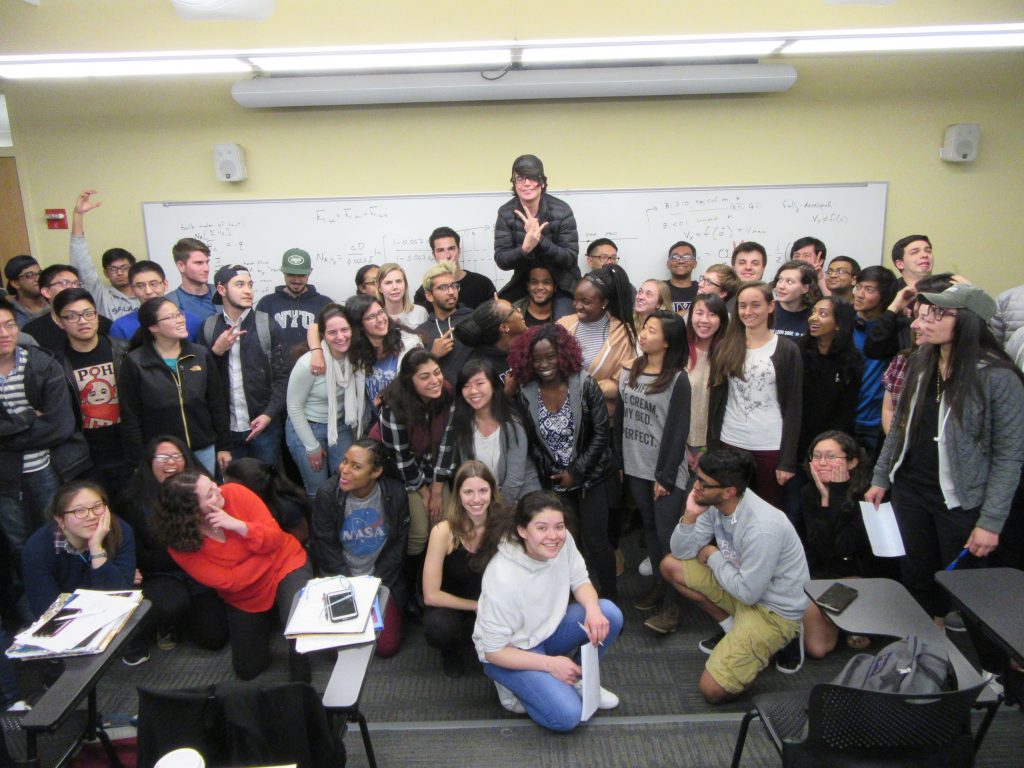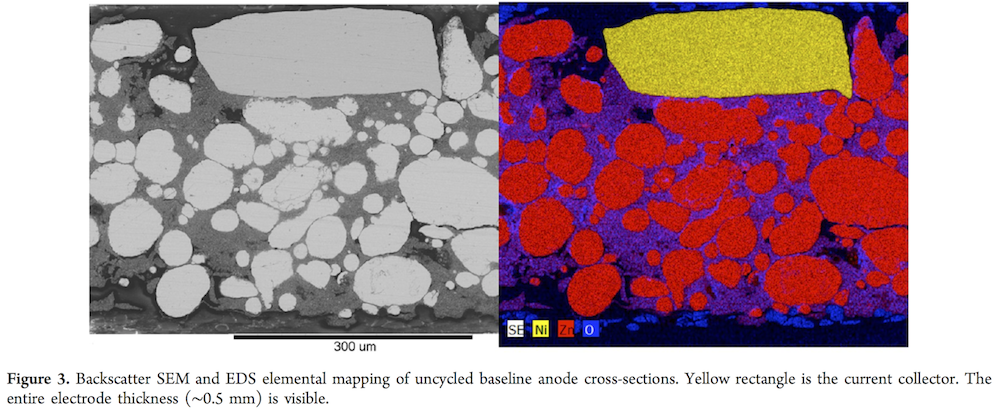The Brookhaven National Lab newsroom has a nice profile about the work we did at the SRX beamline as one of the first user groups to work there. As soon as beamtime proposals were being accepted in 2015, we submitted one to study the mechanism of a new battery formulation we had just discovered (and which has since been published). Since then we made three trips to collect data, all of which were insightful. I just gave a preliminary account of what we found in a talk at ECS, and I hope to have the paper out in the fall.
In the article I tried to lay out why the SRX beamline was the perfect tool to do what we wanted, electrochemically. If you’re interested in the simultaneous oxidation/reduction of several different elements (in our case Mn, Bi, Cu) SRX lets you map them spatially and also sample their redox states on the fly.
Many thanks to Laura Mgrdichian who interviewed me and Gautam and wrote the article. She started by asking “What draws you to this research?” and I’m always happy to answer that. Electrochemistry is instrumental in getting society to the ultimate goal of energy sustainability.







